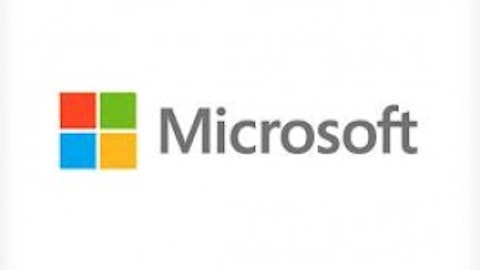One of the most common knocks on Google Inc (NASDAQ:GOOG)‘s Android platform is its “fragmented” nature.
The Android OS has to support hundreds of hardware models from dozens of manufacturers, most of whom like to put their personal stamp on their handsets and tablets by introducing their own unique wrinkles. And then, the network operators join the customer experience party: The same Samsung phone will look and feel very different depending on where you bought it. And not for technical reasons, either: The same hardware will work just fine with the AT&T Inc. (NYSE:T) and T MOBILE US INC (NYSE:TMUS) networks, but each carrier wants to make sure you know who you’re sending that monthly check to.
Compare and contrast this to Apple Inc. (NASDAQ:AAPL), where the iPhone maker largely sets its rules in stone, and even the major carriers must comply if they want to sell Cupertino’s refined hardware. Instead of hundreds of models and plenty of handset makers, Apple Inc. (NASDAQ:AAPL) only supports its own in-house designs, and just a couple of models, at that. The result is a highly predictable experience that contrasts sharply with the variegated Android landscape.
Well, Google Inc (NASDAQ:GOOG) has started doing something about this. The company hasn’t presented a brand new Android version in 2013, as it often does in the spring and fall of every year. Instead, some of the details that set the latest version apart from older variants have been broken out and can be installed on older handsets. You don’t have to wait for Ma Bell or T-Mob to send out wholesale Android upgrades to your aging handset, if all you wanted was that nifty Jelly Bean keyboard, or the Google Inc (NASDAQ:GOOG) Now instant search tool.
This move won’t erase the handset builder’s and carrier’s custom apps from your screen, but it does make the Android platform more consistent across major versions. It’s certainly a step in the right direction if you care about consistency on a variety of hardware.
But why stop there? The rumor mill suggests that this fall’s major Android release will require less memory and system resources than the last few generations. According to VR Zone, this October will see Android 5.0, aka Key Lime Pie, stepping up with low-key hardware requirements that would fit handsets made in 2010. Google Inc (NASDAQ:GOOG) is optimizing the living daylights out of its software, giving its many partners the option to update some positively ancient hardware to the latest and greatest software.
If the Key Lime Pie requirements turn out to be as low as VRE Zone suggests,you can expect users with older handsets to demand support for a modern software platform. It’s getting harder and harder to blame Google Inc (NASDAQ:GOOG) for unpredictable Android upgrades, shifting the potential blame squarely on the shoulders of its hardware and service partners.
The article Can Google Fix Android’s Fragmentation Problem? originally appeared on Fool.com and is written by Anders Bylund.
Fool contributor Anders Bylund owns shares of Google, but he holds no other position in any company mentioned. Check out Anders’ bio and holdings or follow him on Twitter and Google+. The Motley Fool recommends Apple Inc. (NASDAQ:AAPL) and Google Inc (NASDAQ:GOOG). The Motley Fool owns shares of Apple and Google.
Copyright © 1995 – 2013 The Motley Fool, LLC. All rights reserved. The Motley Fool has a disclosure policy.






